Yellow Cardinal: The Rare Bird That Stops Everyone in Their Tracks
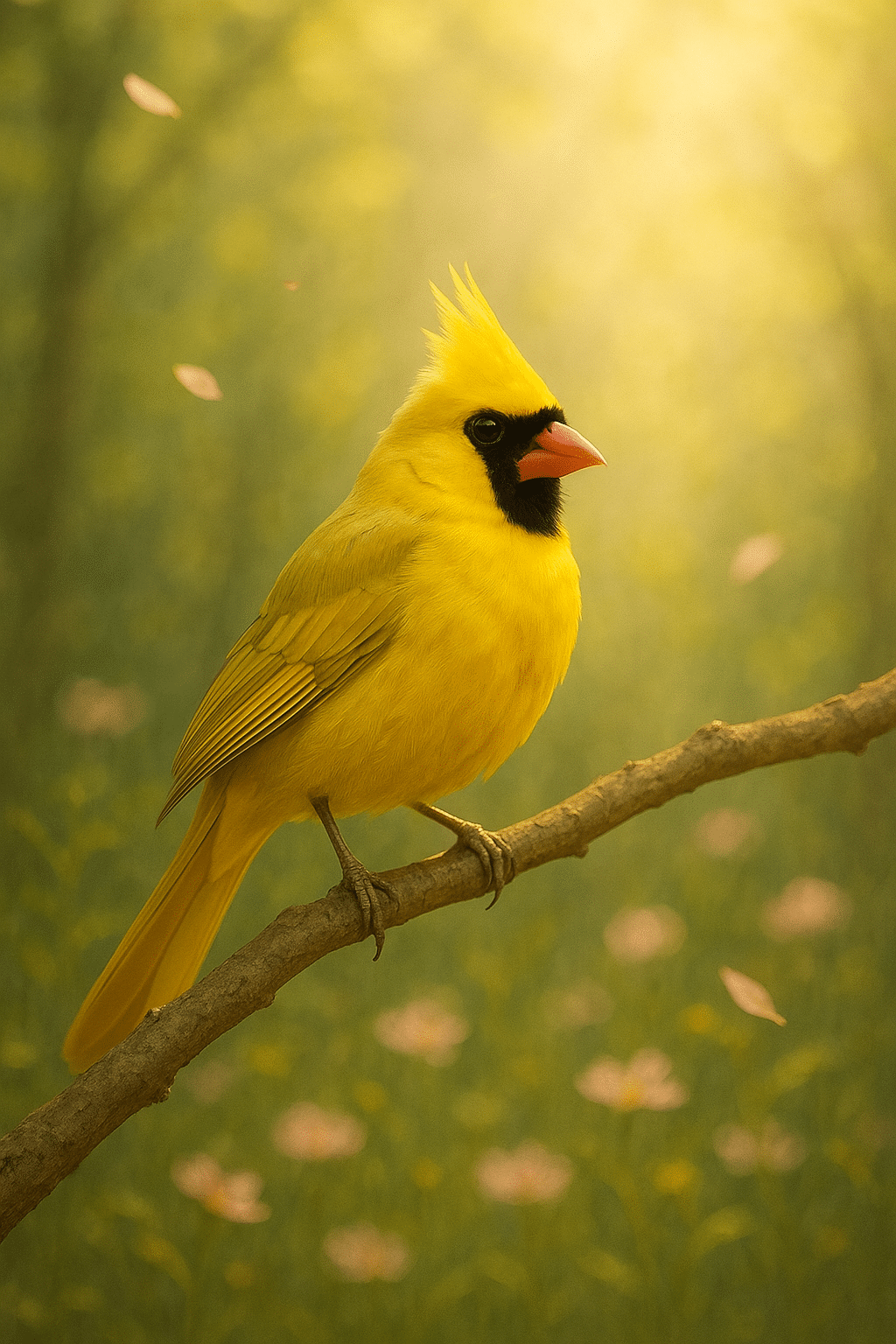
When people hear the term “yellow cardinal,” the first thing they usually wonder is,
“Wait, I thought cardinals were red?”
Fair.
That’s what I used to think too.
But here’s the real story: there are two very different types of yellow cardinal sightings — and most people don’t realize it.
One is a true species fighting for survival in South America.
The other is a once-in-a-lifetime color mutation right here in North America.
I’m breaking it all down because if you ever spot a yellow cardinal, you’re looking at something way beyond ordinary.
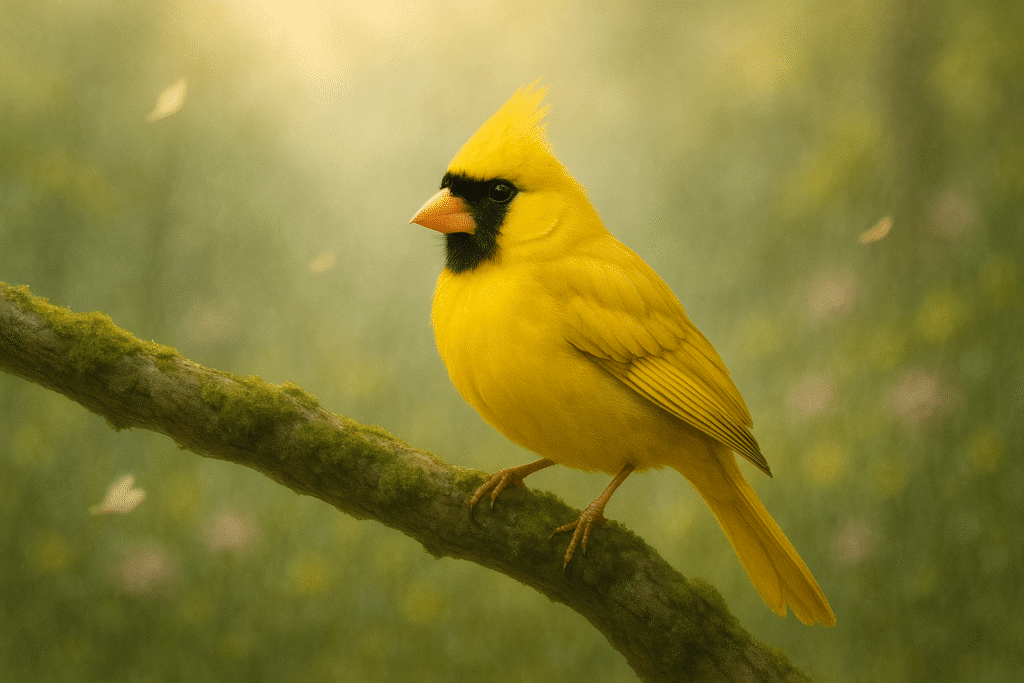
Key Takeaways
| Topic | Quick Facts |
|---|---|
| What is a Yellow Cardinal? | Two types: South American species (Gubernatrix cristata) and rare yellow Northern Cardinals |
| Where They’re Found | South America (species) and occasional rare sightings in North America (mutation) |
| Why They’re Yellow | Species naturally evolved yellow (South American); Northern Cardinal mutation affects pigments |
| Main Threats | Illegal trade, habitat loss, brood parasitism, climate change |
| Conservation Status | South American Yellow Cardinal: Endangered; Yellow Northern Cardinal: Not separate species |
| Interesting Fact | Only about 1,500–3,000 South American Yellow Cardinals left in the wild |

What Exactly Is a Yellow Cardinal?
There are two real answers, and they couldn’t be more different:
- The South American Yellow Cardinal (Gubernatrix cristata):
A full-blown bird species with natural yellow feathers, black markings, and a serious fight against extinction. - Yellow Northern Cardinals:
Super rare genetic mutations of the bright red cardinals we all know, where their feathers turn yellow instead of red.
Same nickname — “yellow cardinal” — but two totally different birds, two totally different stories.
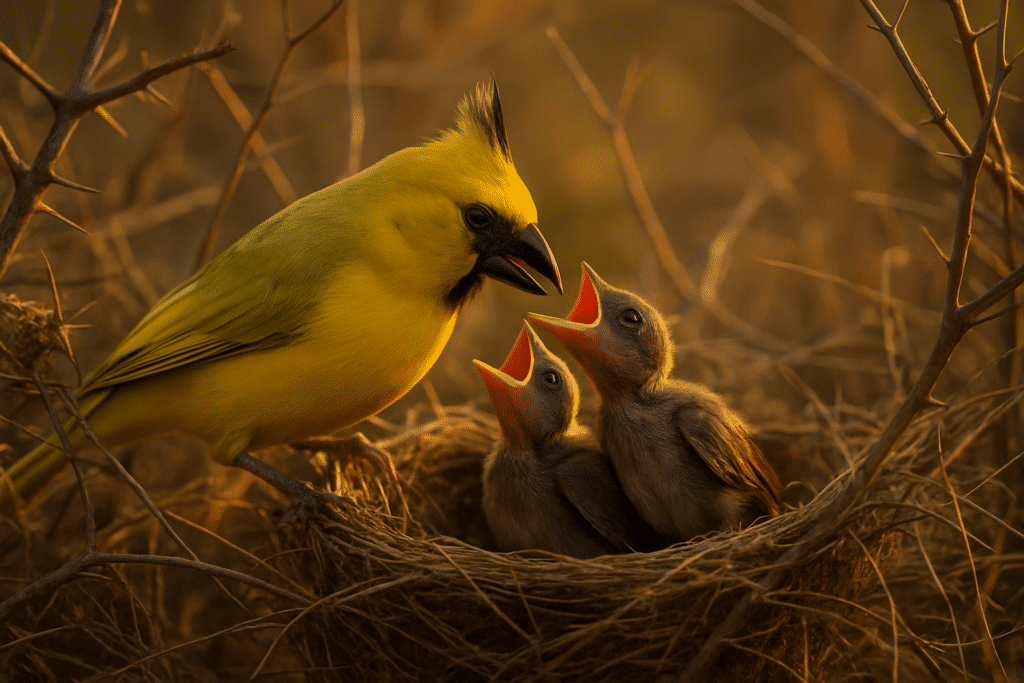
The South American Yellow Cardinal: Rare, Endangered, and Stunning
Where You’ll Find the True Yellow Cardinal
If you want to see a real South American Yellow Cardinal, you’ll need to pack your bags.
They live in small pockets of:
- Argentina
- Brazil (very rare now)
- Uruguay
- Paraguay
They stick to savannas and open shrubby areas — places that haven’t been swallowed up by farming or bulldozers yet.
And here’s the kicker:
They’re non-migratory.
Once they pick a home, they stay loyal to it year-round.
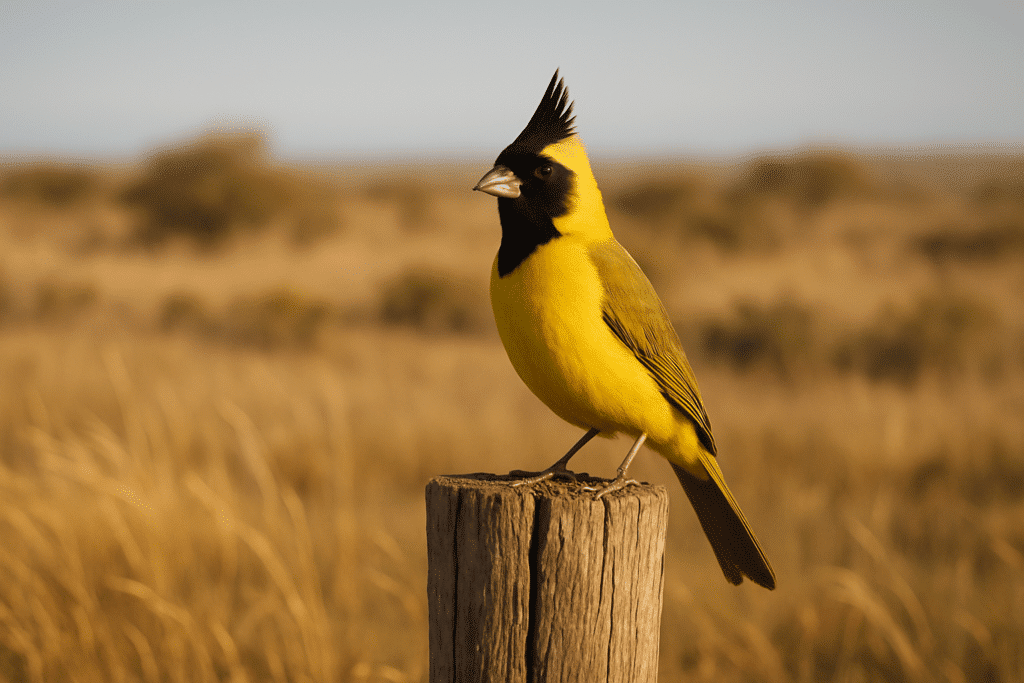
What a Yellow Cardinal Looks Like
These birds are like little streaks of sunshine with attitude.
- Males are bright yellow underneath with darker, streaky yellow-olive backs.
- Females wear softer grays and olives with light yellow touches.
- Both sexes have a pointy black crest and a black throat patch.
The males are the showstoppers, which unfortunately made them prime targets for illegal trapping.
How the Yellow Cardinal Lives and Behaves
- Monogamous pairs: One partner, long-term commitment.
- Big territories: About 18 hectares on average — they need room to breathe.
- Singing: Males belt out loud, musical whistles to mark their turf.
- Nest helpers: About 1 in 4 nests have extra birds helping the parents raise chicks.
That helper system is a huge survival advantage.
Nests with helpers double their chances of successfully fledging babies.
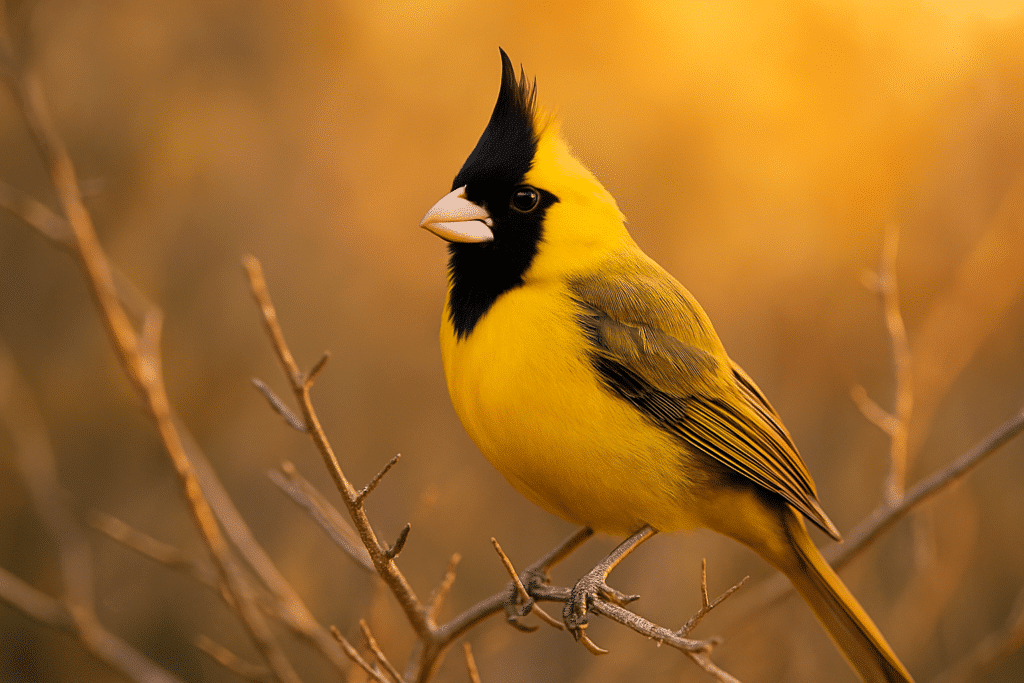
What’s Killing Off Yellow Cardinals?
Short answer: humans.
Illegal trapping is the biggest nightmare.
People want their beautiful singing voices and stunning looks for the pet trade — especially the males.
That’s wrecked the natural balance of the wild populations.
But trapping isn’t the only threat:
- Habitat loss: Farming has chewed up the open grasslands they rely on.
- Brood parasitism: Shiny Cowbirds lay their eggs in yellow cardinal nests, leaving the real chicks to starve.
- Botflies: Their larvae infest cardinal chicks, lowering survival rates.
- Climate shifts: Their suitable habitats are shrinking fast.
- Hybridization: Interbreeding with Diuca finches could mess up the species’ genetic identity.
Today, fewer than 3,000 pure South American Yellow Cardinals are left.
Conservation Work: Is There Hope?
There’s fight left, but it’s an uphill climb.
Here’s what’s happening:
- Captive breeding programs in Brazil, Argentina, and Uruguay.
- Rescue centers helping illegally trapped birds recover.
- Habitat protection efforts (though savanna conservation is tough).
- New wild reintroductions — but cowbird parasitism is a major problem.
And citizen scientists (regular folks with binoculars) have been critical in tracking where these birds still survive.
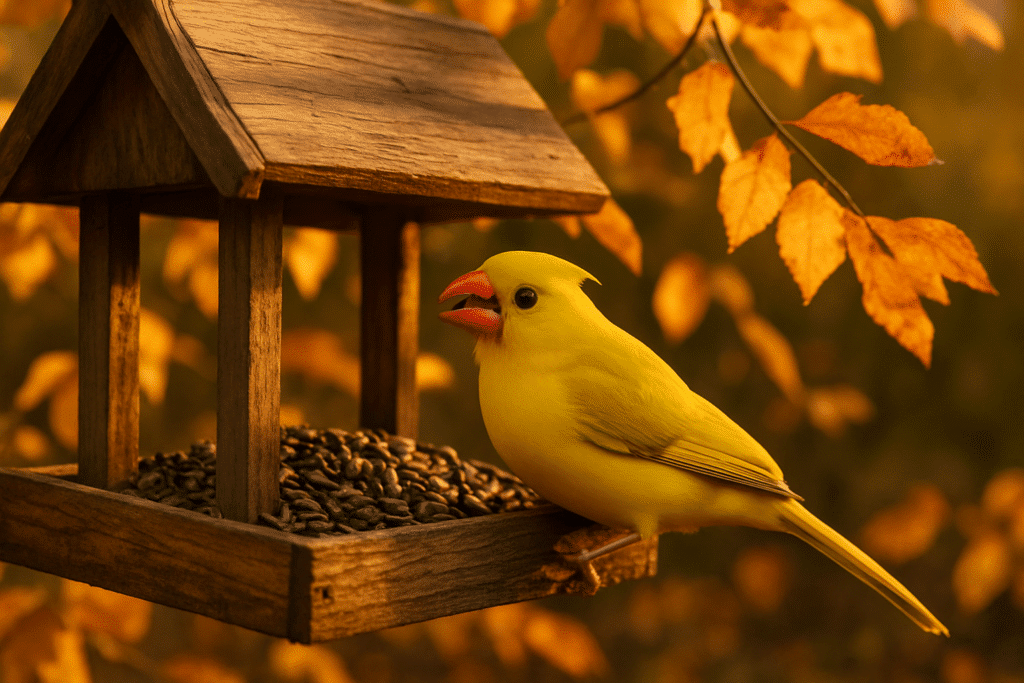
The Yellow Northern Cardinal: A Rare Twist of Nature
Why Some Northern Cardinals Turn Yellow
Northern Cardinals (the ones in your backyard) are supposed to be red. The males are, anyway. Female cardinals are usually tan with red-tipped feathers.
That firetruck red? It’s built from carotenoids — pigments they get from their diet.
But once in a blue moon, a genetic glitch hits:
- Mutation affects how carotenoids are processed.
- Instead of red, the feathers grow in yellow.
This mutation doesn’t change their behavior, mating habits, or song.
It just swaps out the paint job.
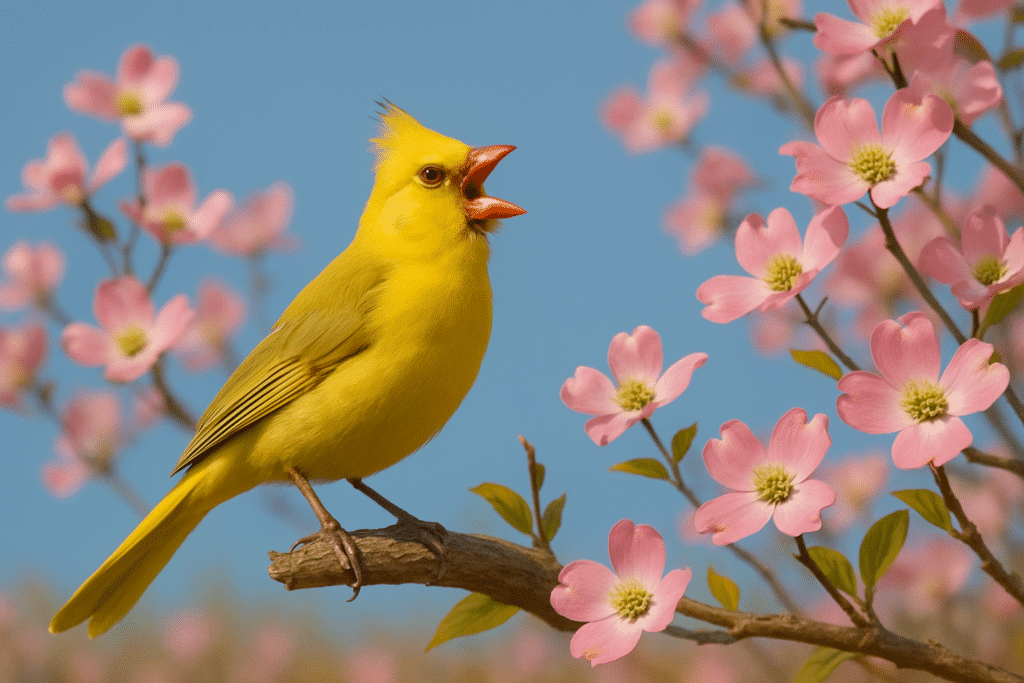
How Rare Are Yellow Northern Cardinals?
Extremely.
Ornithologists estimate it could be a one-in-a-million occurrence.
Some experts, like Shawn Billerman at Cornell, say they’ve birded their whole lives and never seen one.
That’s why when people find a yellow cardinal at their feeder, it makes the news.
Famous Yellow Cardinal Sightings
Two of the most talked-about sightings lately:
- “Ray” spotted in St. Louis in early 2025.
- “Donovan” seen in Bath, Michigan, December 2024.
Both birds had that unmistakable canary-yellow body and bright yellow beak, standing out like a neon sign among the regular reds.
These birds caused local traffic jams from birdwatchers desperate for a glimpse.
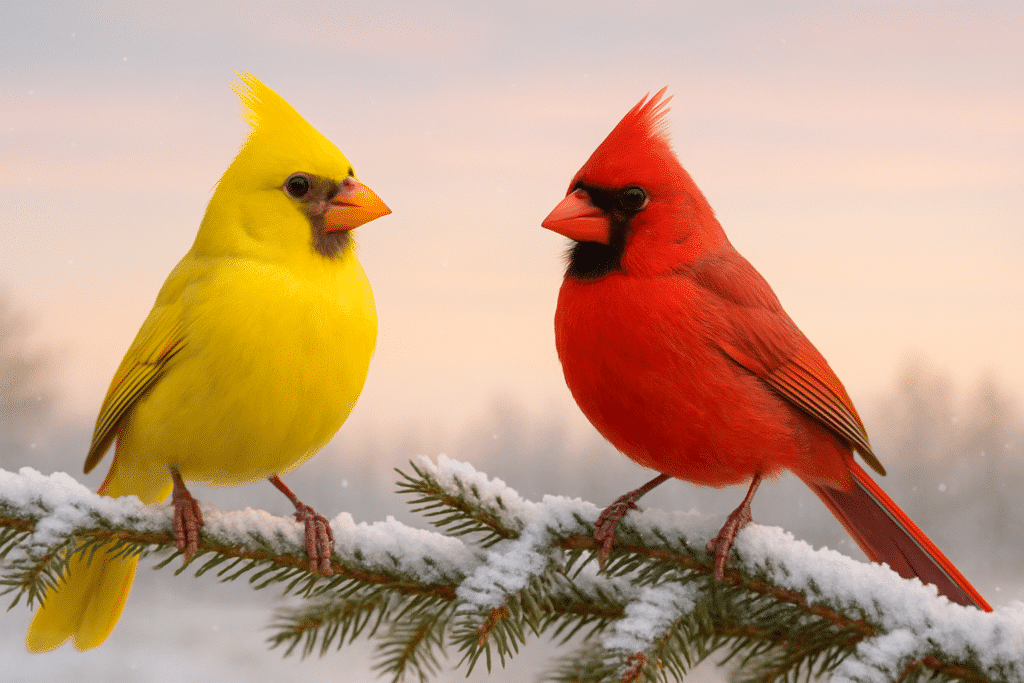
Yellow Cardinal Habitat and Behavior
Whether you’re talking about the endangered species or the color-mutated northern version, these birds stick to fairly similar habitats:
✅ Brushy open areas
✅ Shrubby edges
✅ Parks and backyard feeders (for Northern Cardinals)
The South American Yellow Cardinal leans heavily on native savannas, while the yellow Northern Cardinals just follow normal Northern Cardinal habits.
Neither migrates seasonally.
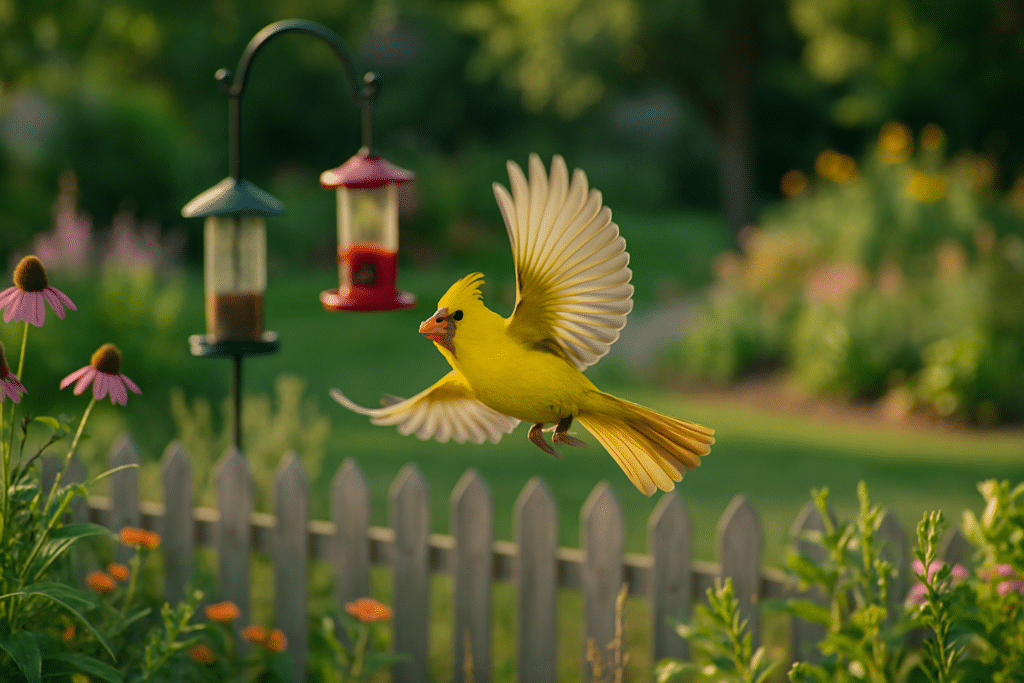
FAQs About the Yellow Cardinal
Q: Are Yellow Cardinals a separate species?
Depends.
The South American Yellow Cardinal (Gubernatrix cristata) is a full species.
Yellow Northern Cardinals are genetic variations of the common Northern Cardinal (Cardinalis cardinalis).
Q: How rare are yellow cardinals in the U.S.?
Yellow Northern Cardinals are extremely rare. Some experts say only a few turn up across the whole country in any given year.
Q: Are Yellow Cardinals endangered?
The South American Yellow Cardinal is officially endangered.
The yellow mutation in Northern Cardinals isn’t a separate species, so it’s not classified as endangered.
Q: Can I attract a Yellow Northern Cardinal to my backyard?
Not really.
You can attract Northern Cardinals in general by offering sunflower seeds and dense shrub cover — but whether you get a rare yellow one is pure luck.
Q: Why do cowbirds cause so much trouble for Yellow Cardinals?
Female Shiny Cowbirds sneak their eggs into yellow cardinal nests. Their chicks outcompete cardinal chicks, often causing the whole nest to fail.
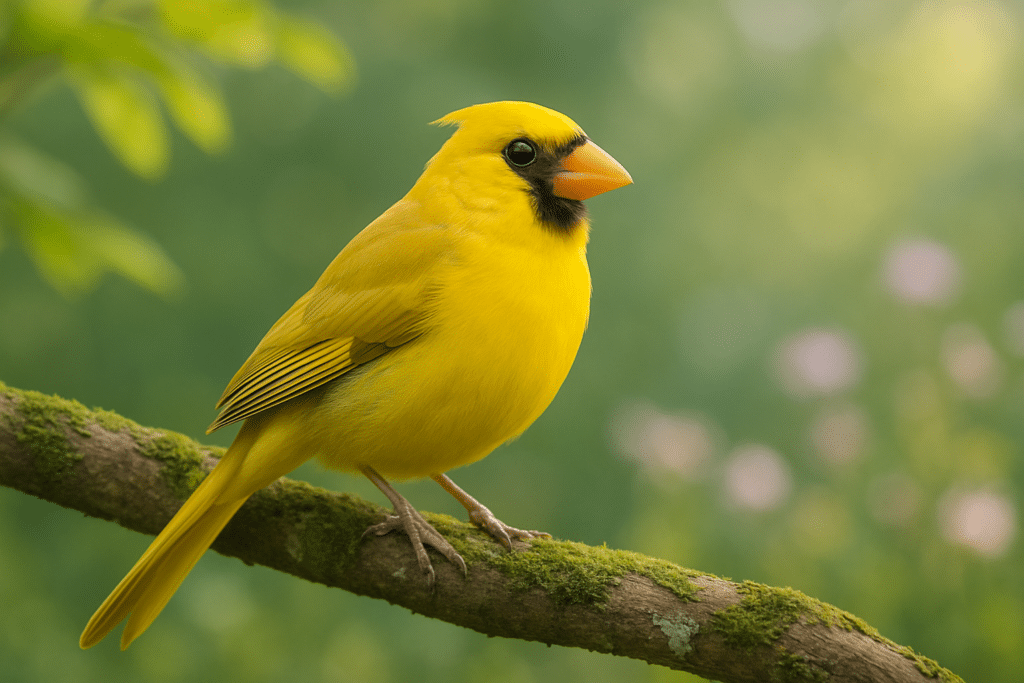
Why the Yellow Cardinal Matters
Whether you’re talking about the endangered species from South America or the rare color mutation in your own backyard, one thing is clear:
The yellow cardinal isn’t just another pretty bird.
It’s a story about survival.
It’s a reminder of how delicate nature really is.
And it’s a once-in-a-lifetime chance to appreciate something truly rare — something that almost slipped by without anyone noticing.
Spotting a yellow cardinal, anywhere in the world, means you’re seeing something almost nobody else gets to see.
And that, honestly, is pretty unforgettable.